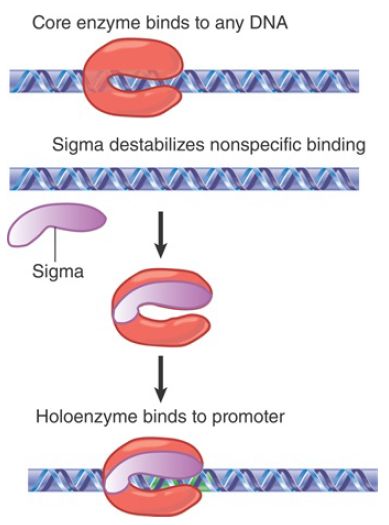

النبات

مواضيع عامة في علم النبات

الجذور - السيقان - الأوراق

النباتات الوعائية واللاوعائية

البذور (مغطاة البذور - عاريات البذور)

الطحالب

النباتات الطبية


الحيوان

مواضيع عامة في علم الحيوان

علم التشريح

التنوع الإحيائي

البايلوجيا الخلوية


الأحياء المجهرية

البكتيريا

الفطريات

الطفيليات

الفايروسات


علم الأمراض

الاورام

الامراض الوراثية

الامراض المناعية

الامراض المدارية

اضطرابات الدورة الدموية

مواضيع عامة في علم الامراض

الحشرات


التقانة الإحيائية

مواضيع عامة في التقانة الإحيائية


التقنية الحيوية المكروبية

التقنية الحيوية والميكروبات

الفعاليات الحيوية

وراثة الاحياء المجهرية

تصنيف الاحياء المجهرية

الاحياء المجهرية في الطبيعة

أيض الاجهاد

التقنية الحيوية والبيئة

التقنية الحيوية والطب

التقنية الحيوية والزراعة

التقنية الحيوية والصناعة

التقنية الحيوية والطاقة

البحار والطحالب الصغيرة

عزل البروتين

هندسة الجينات


التقنية الحياتية النانوية

مفاهيم التقنية الحيوية النانوية

التراكيب النانوية والمجاهر المستخدمة في رؤيتها

تصنيع وتخليق المواد النانوية

تطبيقات التقنية النانوية والحيوية النانوية

الرقائق والمتحسسات الحيوية

المصفوفات المجهرية وحاسوب الدنا

اللقاحات

البيئة والتلوث


علم الأجنة

اعضاء التكاثر وتشكل الاعراس

الاخصاب

التشطر

العصيبة وتشكل الجسيدات

تشكل اللواحق الجنينية

تكون المعيدة وظهور الطبقات الجنينية

مقدمة لعلم الاجنة


الأحياء الجزيئي

مواضيع عامة في الاحياء الجزيئي


علم وظائف الأعضاء


الغدد

مواضيع عامة في الغدد

الغدد الصم و هرموناتها

الجسم تحت السريري

الغدة النخامية

الغدة الكظرية

الغدة التناسلية

الغدة الدرقية والجار الدرقية

الغدة البنكرياسية

الغدة الصنوبرية

مواضيع عامة في علم وظائف الاعضاء

الخلية الحيوانية

الجهاز العصبي

أعضاء الحس

الجهاز العضلي

السوائل الجسمية

الجهاز الدوري والليمف

الجهاز التنفسي

الجهاز الهضمي

الجهاز البولي


المضادات الحيوية

مواضيع عامة في المضادات الحيوية

مضادات البكتيريا

مضادات الفطريات

مضادات الطفيليات

مضادات الفايروسات

علم الخلية

الوراثة

الأحياء العامة

المناعة

التحليلات المرضية

الكيمياء الحيوية

مواضيع متنوعة أخرى

الانزيمات
RNA Polymerase Holoenzyme Consists of the Core Enzyme and Sigma Factor
المؤلف:
JOCELYN E. KREBS, ELLIOTT S. GOLDSTEIN and STEPHEN T. KILPATRICK
المصدر:
LEWIN’S GENES XII
الجزء والصفحة:
3-5-2021
2782
RNA Polymerase Holoenzyme Consists of the Core Enzyme and Sigma Factor
KEY CONCEPTS
- Bacterial RNA polymerase can be divided into the α2 ββ′ω core enzyme that catalyzes transcription and the σ subunit that is required only for initiation.
- Sigma factor changes the DNA-binding properties of RNA polymerase so that its affinity for general DNA is reduced and its affinity for promoters is increased.
The core enzyme has general affinity for DNA, primarily because of electrostatic interactions between the protein, which is basic, and the DNA, which is acidic. When bound to DNA in this fashion, the DNA remains in duplex form. Core enzyme has the ability to synthesize RNA on a DNA template, but it cannot recognize promoters.
The form of the enzyme responsible for initiating transcription from promoters is called the holoenzyme (α2 ββ′ωσ) (see FIGURE 1). It differs from the core enzyme by containing a sigma factor. Sigma factor not only ensures that bacterial RNA polymerase initiates transcription from specific sites, but it also reduces binding to nonspecific sequences. The association constant for binding of core to DNA is reduced by a factor of ~104 , and the half-life of the complex is less than 1 second, whereas holoenzyme binds to promoters much more tightly, with an association constant ~1,000 times higher on average and a half-life that can be as long as several hours. Thus, sigma factor substantially destabilizes promoter-nonspecific binding.

FIGURE 1. Core enzyme binds indiscriminately to any DNA. Sigma factor reduces the affinity for sequence-independent binding and confers specificity for promoters.
The rate at which the holoenzyme binds to different promoter sequences varies widely, and thus this is an important parameter in determining promoter strength; that is, the efficiency of an individual promoter in initiating transcription. The frequency of initiation varies from about once per second for rRNA genes under optimal conditions to less than one every 30 minutes for some other promoters. Sigma factor is usually released when the RNA chain reaches less than about 10 nucleotides in length, leaving the core enzyme responsible for elongation.
 الاكثر قراءة في مواضيع عامة في الاحياء الجزيئي
الاكثر قراءة في مواضيع عامة في الاحياء الجزيئي
 اخر الاخبار
اخر الاخبار
اخبار العتبة العباسية المقدسة

الآخبار الصحية















 "المهمة".. إصدار قصصي يوثّق القصص الفائزة في مسابقة فتوى الدفاع المقدسة للقصة القصيرة
"المهمة".. إصدار قصصي يوثّق القصص الفائزة في مسابقة فتوى الدفاع المقدسة للقصة القصيرة (نوافذ).. إصدار أدبي يوثق القصص الفائزة في مسابقة الإمام العسكري (عليه السلام)
(نوافذ).. إصدار أدبي يوثق القصص الفائزة في مسابقة الإمام العسكري (عليه السلام) قسم الشؤون الفكرية يصدر مجموعة قصصية بعنوان (قلوب بلا مأوى)
قسم الشؤون الفكرية يصدر مجموعة قصصية بعنوان (قلوب بلا مأوى)


















